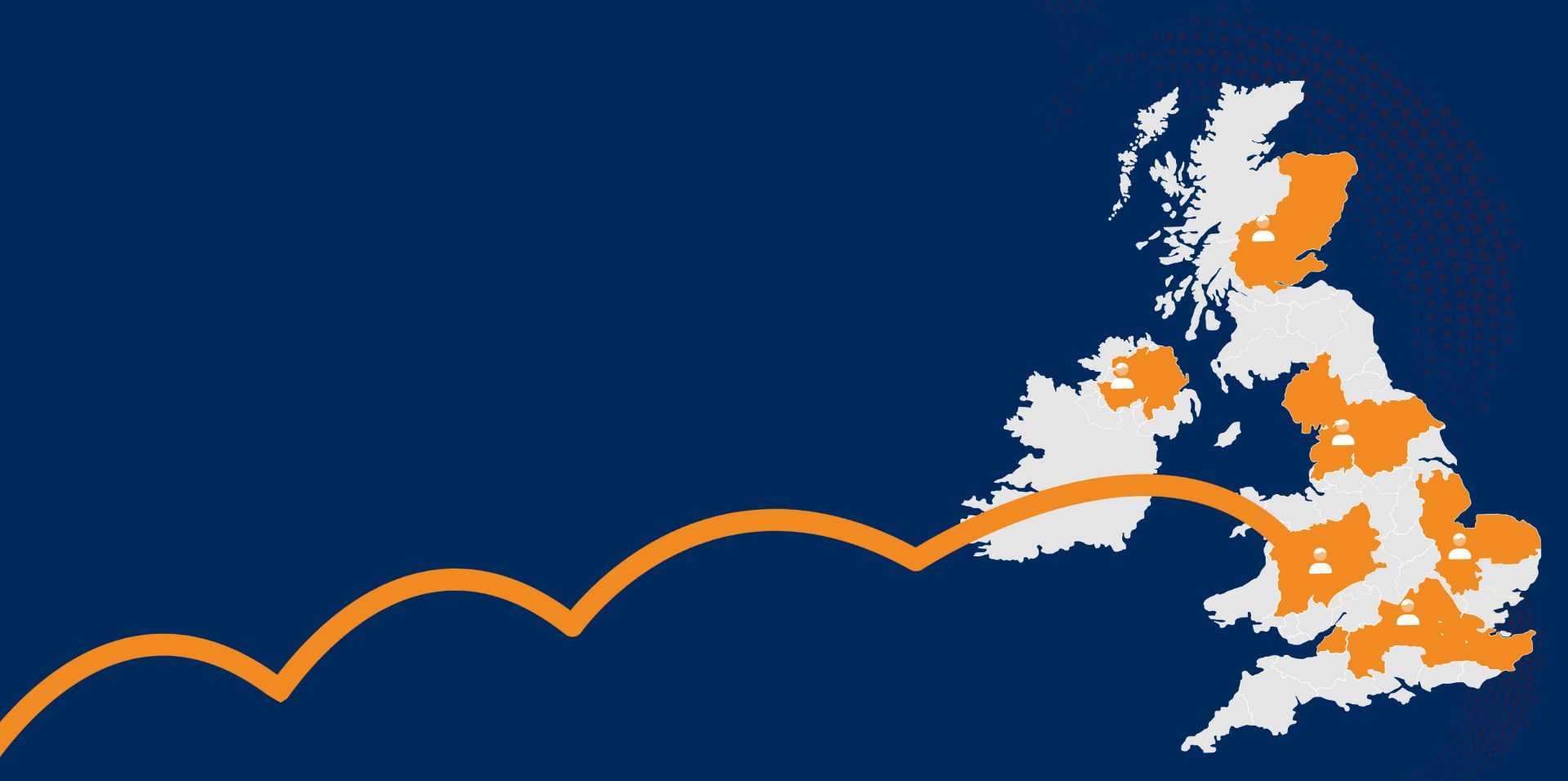
Access
Optimisation
Programme
Serving over 3,500 surgeries across the UK we have unparalleled insight into how to optimise access.
What is our Access Optimisation Programme?
The ‘Delivery plan for recovering access to primary care’ published in May 2023, explained that easing the pressure on general practice and tackling the “8am rush” was fundamental to unlocking wider reforms. Implementing a ‘Modern General Practice Access’ model, so that patients find it easier to contact their practice by phone or online, was a key component of achieving this.
As a result, you are investing in digital tools, but to deliver modern general practice successfully, those tools need to be implemented effectively. Faster care navigation, assessment, and response are all made possible with the right tools, supported by the right training.
Fully aligned to the Primary Care Access Recovery Programme (PCARP), our Access Optimisation Programme will show you how to address local demand and capacity challenges, and bespoke needs across your ICB. With specialist guidance, underpinned by our unique data set we advise on how to deliver measurable improvements in the application and impact of the technology available.
NHS England is committed to making it easier and quicker for patients to access primary care. Our Access Optimisation Programme is designed to help.
The structure of the programme:
Digital communication tools should work to empower patients as well as provide valuable demand management capabilities. With the Access Optimisation Programme, we will show you how to break down the barriers and make it easier to access care, while taking pressure off General Practice.
The Access Optimisation Programme is here to support practices in making full use of their digital telephony capabilities. In doing so, we aim to ensure that practices also meet capacity and access improvement payment (CAIP) payment criteria.
In year one of the Access Optimisation Programme we have agreed with NHS England to support the increased adoption of four key features that sit at the centre of improving access, namely:
- Patient Callback
- Call Routing
- Softphone Usage (Phonebar)
- Advanced Clinical Systems Integration
The Access Optimisation Programme presents three elements to support the adoption of these key digital telephony features.
The three elements of the programme:
Data Analytics and Consultation
Accurate analysis and interpretation of the Surgery Connect dataset is key to ensuring that future decisions are made based on a full understanding of the results. To support this X-on Health proposes to provide regular consultations with the ICB in the form of:
- Review meetings every 6 months
- The provision of quarterly data analytic reports
This collaborative approach aims to help ICBs make informed decisions, ensuring a steady pace of positive changes and benefits. The outcomes will be evident in the evolving data.
Benefits:
- Consistent data sets for easier interrogation and analysis.
- Data-driven decision-making to optimise practice workflows and enhance patient access.
- Insightful recommendations to strengthen strategic initiatives.
- Ability to track progress.
Training ‘Internal Champions‘
X-on Health will provide in-person “Train the Trainer” courses tailored around the four key features of the Access Optimisation Programme, and informed by ongoing progress reports derived from the data.
In many cases, it is likely to be Digital Transformation Leads and Primary Care Network Managers who participate in the training as they play a key part in the adoption of Cloud telephony and can facilitate best practice and the most effective use of Surgery Connect features.
Benefits
- Foster and form confident “Internal Champions” through targeted training and recognition programmes.
- Access to the Surgery Connect Academy to empower users with comprehensive support and a wealth of resources promoting a positive learner journey.
- Guidance and recommendations from X-on Health to support a detailed plan of action.
Practice-level adoption
There is an extensive range of free resources available to all our customers, even before the system goes live. These resources include a named account manager for each practice, access to an extensive help centre, training videos, and webinars.
Additionally, to ensure faster adoption of all of the features and functionality available with Surgery Connect, including future roadmapped releases, X-on Health can provide extra on-site training for each Practice at a cost.
Benefits
- Enhance operational efficiency saving valuable time and resources with more efficient workflows.
- Implement best practices to provide greater patient access and improve patient satisfaction.
- Empower individuals by providing training in the four key features.
Please note: Quotation for additional on-site training will be dependent on the structure of the programme that X-on Health has designed with the ICB.
National webinar series: Part 2:
In November, as part of our Access Optimisation programme, we delivered a series of complimentary webinars focusing on the four key features at the centre of improved access, detailed below.
During the sessions, our experts were able to delve into the benefits of each function and provide some practical insights on leveraging these features to their fullest potential. Since then, we have collated all of your questions and our answers into one place in our Academy. There are also recordings of each webinar topic there, so you can view them on-demand and at your leisure.
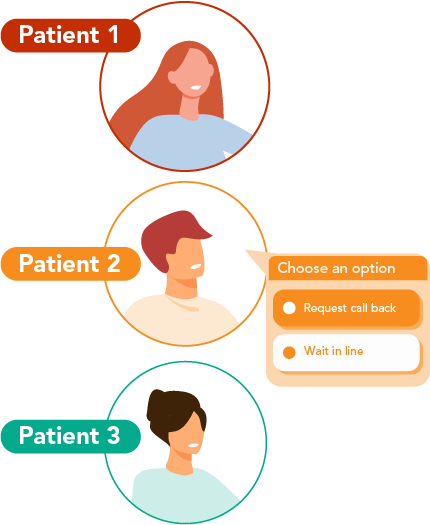
Patient Callback
This feature allows the patient to end their call, retain their place in the queue, and receive an automatic callback at the point they have reached the front of the queue. With the recent advances made to this feature, patients can now track their position in the queue via a dedicated webpage, so they know when they will receive their callback.
Reasons to adopt
- Customisable queue position webpage allowing patients to be signposted to additional resources and releasing pressure on reception staff.
- Reduce call costs and time holding for patients.
- Clarity to patients and reduce call waiting frustration.
- Convenient, simple queue tracking, and the ability to cancel at any time.
- Fair and intelligent queue management regardless of waiting method.
Case Study Results: The callback feature is typically used at peak queue times. Callers using it spent an average of 34 minutes in the virtual queue, saving up to £18 in call costs at no cost to the practice.
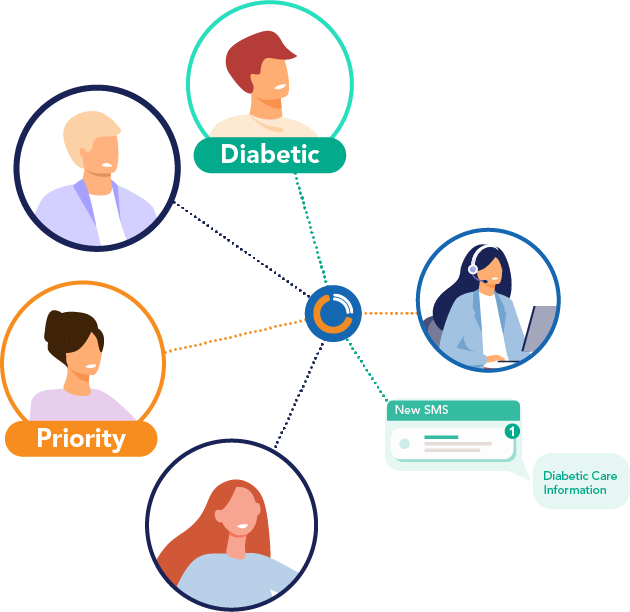
Call Routing
This feature is crucial to enhancing your patients’ experience, ensuring swift access to other services (where appropriate) by seamlessly redirecting to alternative pathways, such as the NHS App or Pharmacies, whilst optimising staff efficiency.
Reasons to adopt
- Patient’s call reaches the best point of care for their needs in the shortest time.
- Reduces the number of calls in the queues.
- Easy redirection to other ways to service patient needs, such as sending links to the NHS app or online consultation tools.
- Improved patient satisfaction as they reach the service they require quicker and easier.
Case Study Results: £8.80 per day cost saving to practice by using effective call routing. – Peel Hall Medical Centre, Birmingham
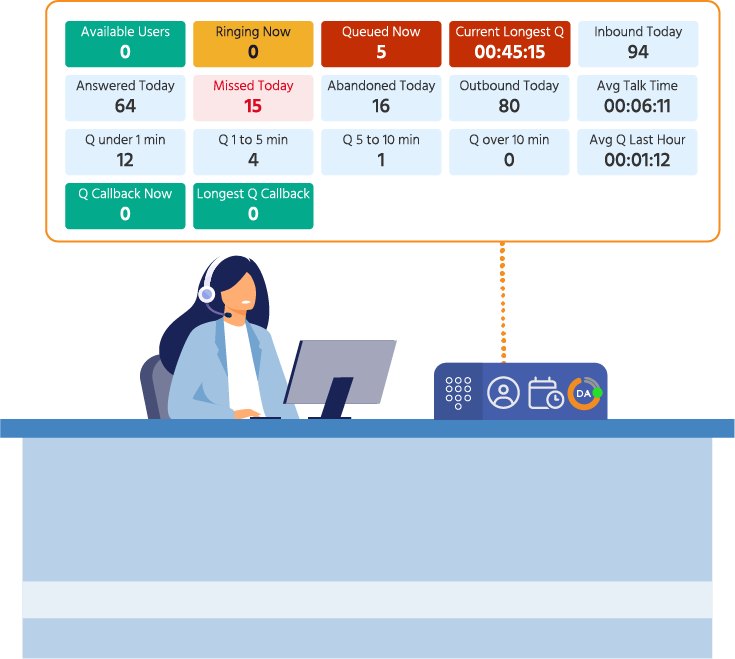
Softphone Usage
The Surgery Connect Phonebar consolidates practice-to-patient communications into a single desktop application to maximise practice efficiencies.
Reasons to adopt
- Entirely user-based allowing each user to set their preferences wherever they are for optimal working.
- Facilitates flexible working and device management.
- Allows all call handling and messaging functions to be controlled from the PC screen.
- Clinical system integration to speed up patient interactions.
Case Study Results: Remote working has become a real necessity with the increased need for creative estate management. The Phonebar allows users to work from anywhere as though they were sitting in their practice.
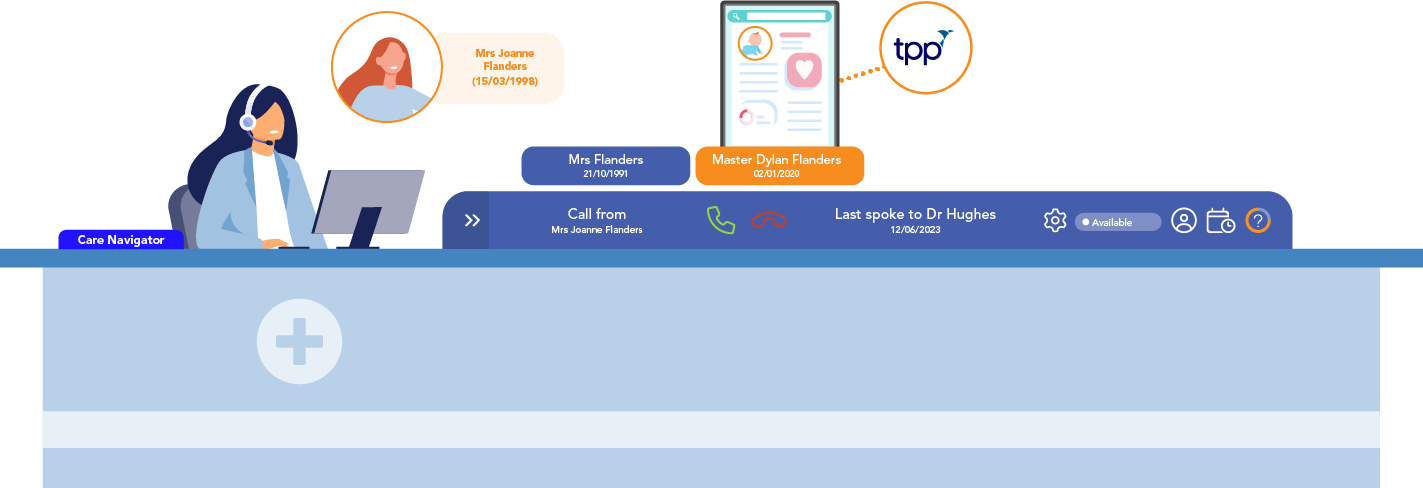
Advanced Clinical Systems Integration
Advanced integration via API access to the Clinical management system enables a range of enhanced features to be delivered by the ACBT whilst providing greater safety and compliance.
Reasons to adopt
- File key activity to the record.
- Identify patients and their records before the call is answered.
- An easy ‘click to dial’ function direct from the record – never misdial again.
- Ability to conduct Video calls and request photos to aid consultations.
- Access to previous call history and recordings, creating clinical continuity.
- Giving Health Care Professionals access to full consultation history calls that are directly linked to patient records (the communication activity or full call recording).
- Single Sign-on via Clinical System.
- Appointment and bulk notifications via SMS.
- Self-serve appointment checking and optional cancellation.
Case Study Results: Save approximately 4 hours a week of staff time.

Our Academy is built on the knowledge and experience we’ve acquired by successfully implementing over 3,500 surgeries across England and Wales.
Our Academy is a wrapper for all our learning methods and is designed to equip your team with the skills and knowledge needed to enhance operational efficiency, streamline processes, and ultimately, improve patient access.
The eLearning platform, accessible to all Surgery Connect users free of charge, offers diverse and interactive training resources for convenient learning. It includes concise tutorial videos, engaging interactive graphics, and personalised feedback for an effective learning experience. Learners who complete the courses will receive certificates that can be used as CPD.
The overarching focus of these resources is to enhance the patient experience, improve digital access, and provide strong support to the four key features including surgery detailed call reporting to help track the performance of utilising the key features.
Complete this short form and we will begin your consultation process.
Improving Patient Experience: Case studies
Surgery Connect offers a multitude of features designed to enhance patient interaction and staff collaboration. A comprehensive understanding of these features enables your team to use them efficiently, unlocking their full potential for improved patient experience.
